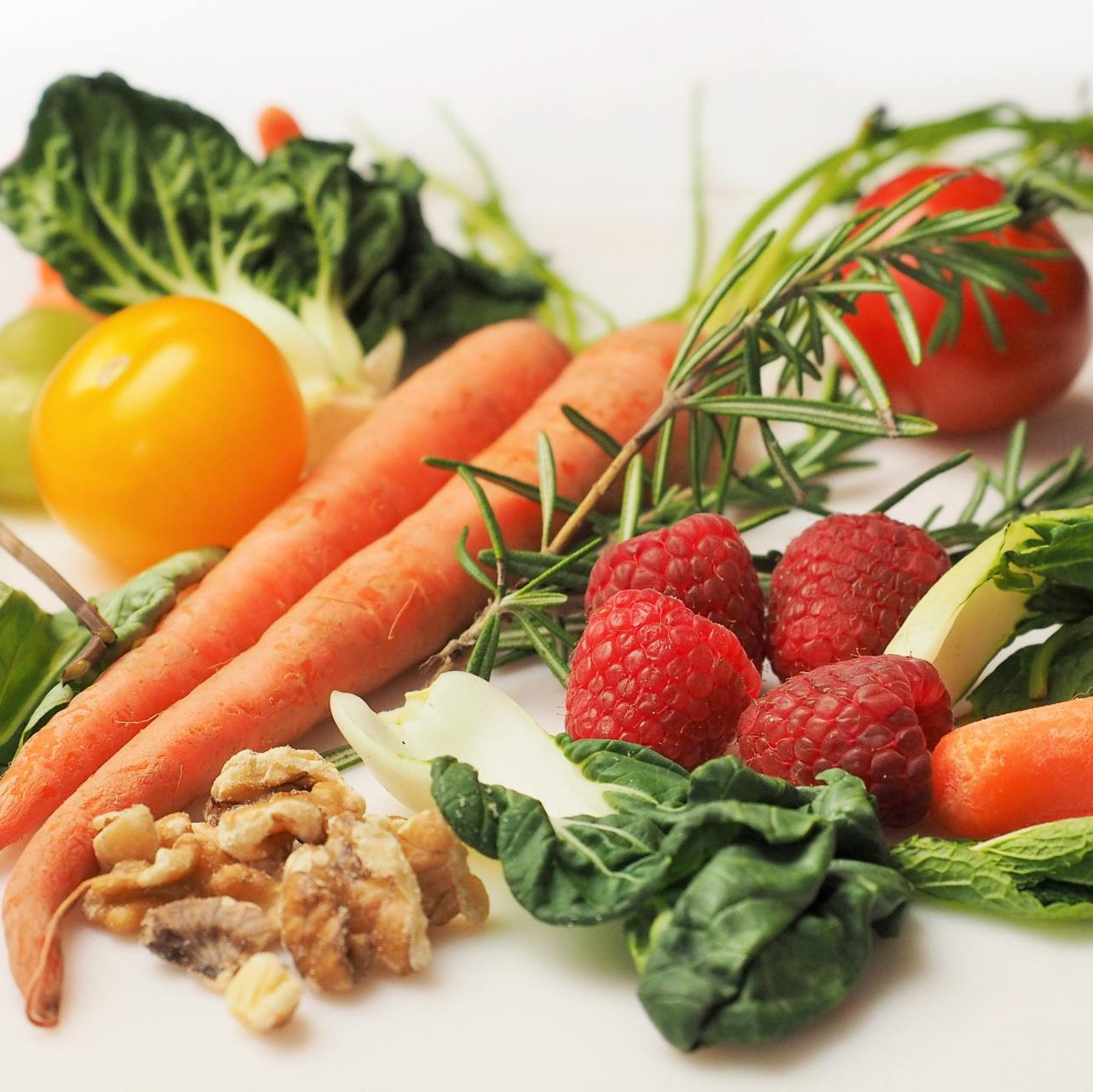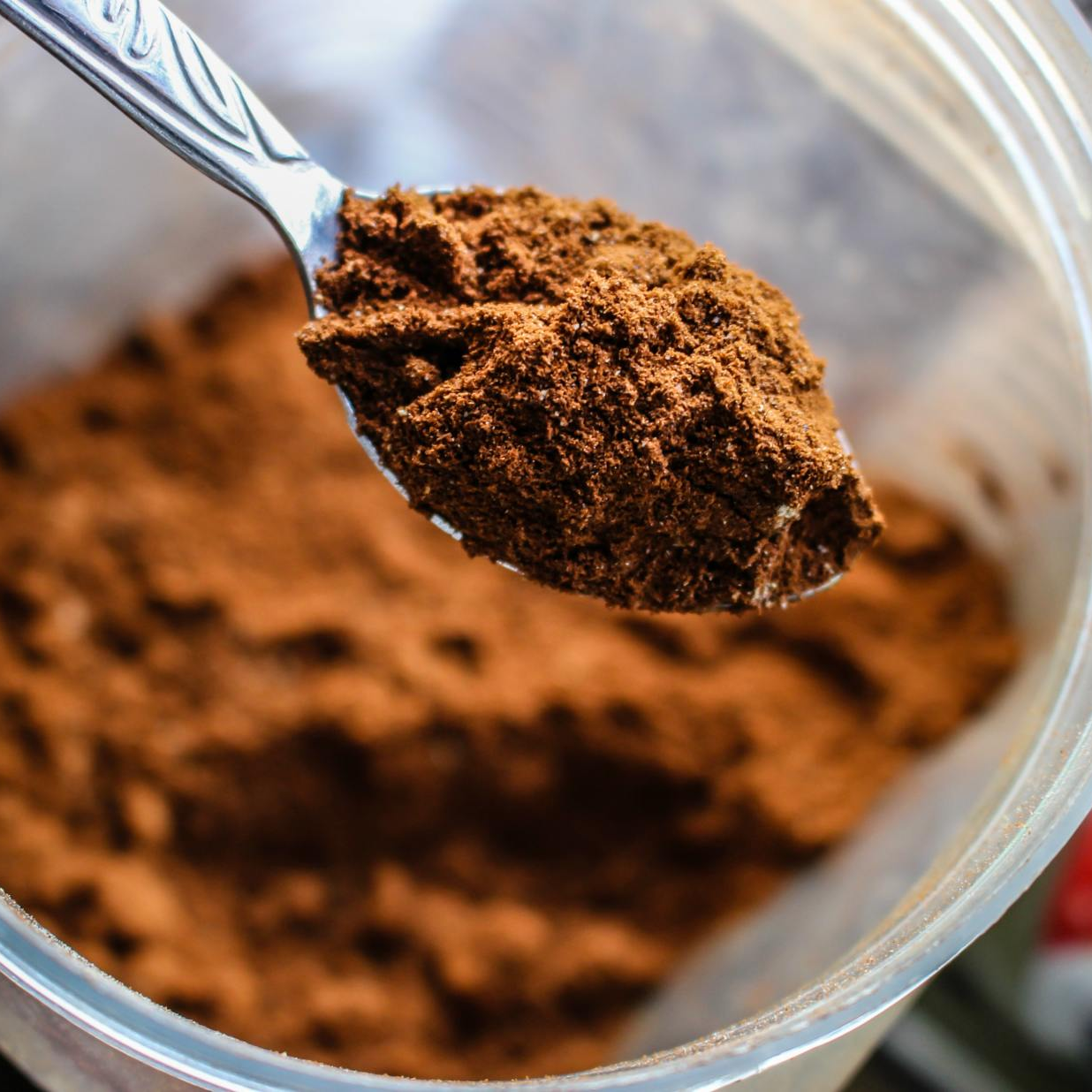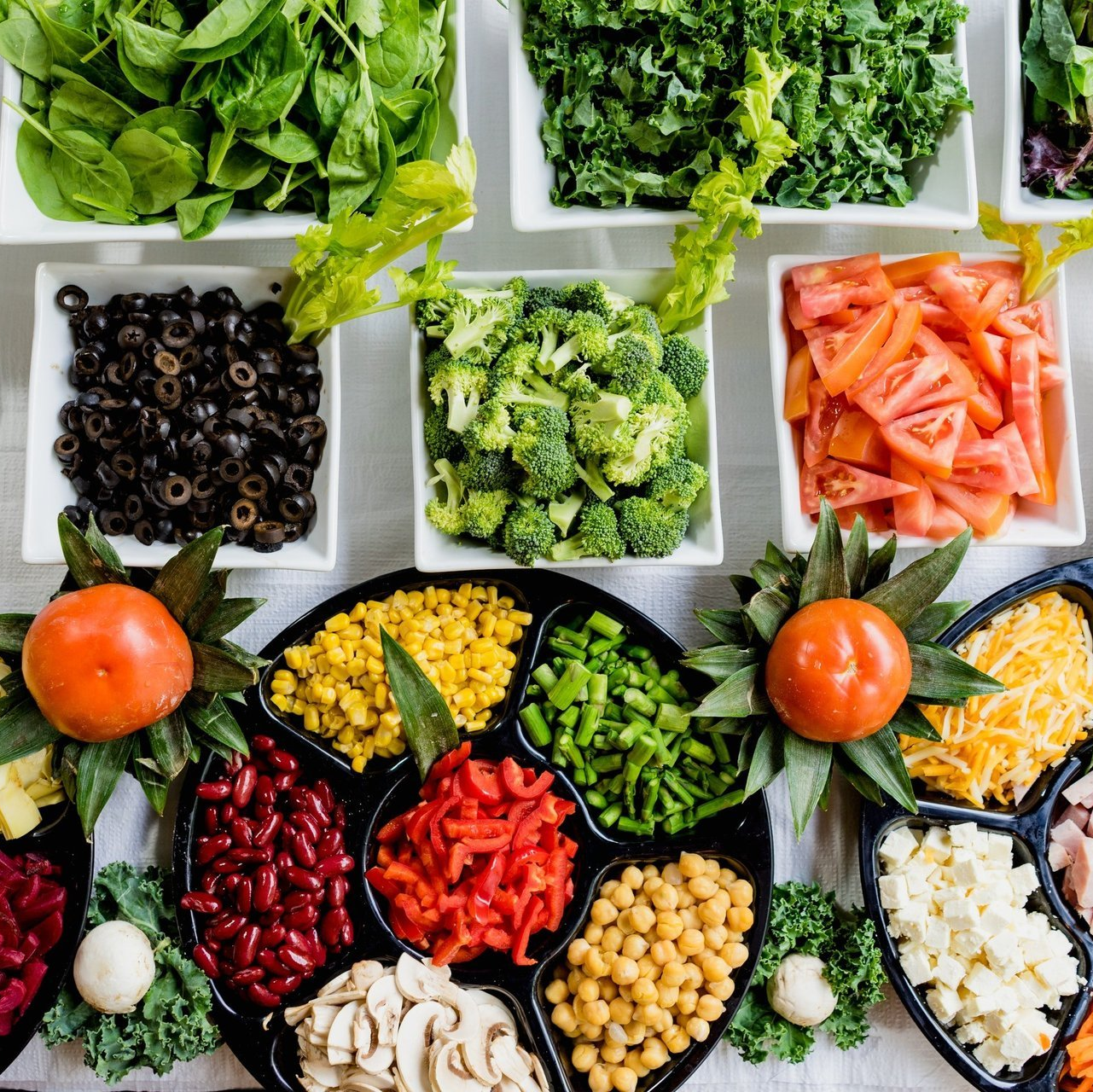Search results for 'Nutrition' (3)

Calories and macronutrients play an important part of any fitness goal, as they are required to fuel your body and nourish your muscles. So what are they? Which ones and how much should you be eating? I’ll start off going over what calories and macronutrients are, then give some tips to determine how much of each you need. Calories are, scientifically, a unit of energy. In the nutrition sense, a calorie is the amount of energy you will get from food. Over the course of a day, you will burn a certain number of calories just for your body to survive, this is your Basal Metabolic Rate . This means that, even if you slept all day long, you still burn calories. Moving around and doing your daily activities will burn even more calories. So, you burn calories on a daily basis, and just like a fire, you need fuel to sustain this burn. That is where food comes in. The calories listed on nutrition labels are the estimated amount of calories you will gain from consuming that food. I say estimated because the amount is calculated in a lab, and the human body is more complicated than a controlled experiment. That being said, it’s still a good estimate to use the nutrition labels on food. The basic breakdown of how many calories you should eat is dependent on your goal. To lose weight you need to consume fewer calories than you burn. To maintain weight you should consume the same amount of calories that you burn. Similarly, to gain weight you need to consume more calories than you burn. Each person burns a different amount of calories depending on their metabolism, gender, age, weight, and other factors. The calories in your food can be broken down into three macronutrients; carbohydrates, protein, and fat. The primary purpose of any macronutrient is to provide energy. The breakdown calories into grams for the macronutrients is as follows Macronutrient (1 g) Calories Carbohydrates 4 Protein 4 Fat 9 Let’s take a closer look at each macronutrient. Carbohydrates bring to mind starchy food, like bread and potatoes; but they are actually defined as sugars. Aside from bread and potatoes, carbohydrates are also in fruit, milk, and anything sweetened. Carbohydrates are used for long term energy and for fueling your brain. Due to the use of carbohydrates throughout the day, a person should typically consume a lot of them. The recommended amount of carbohydrates in a person's diet is 45 - 64 % of total calories. When you picture protein you will often think of meats, but nuts, beans, and dairy are also high in protein. Protein is used as the building blocks of our body and are broken down into amino acids for use in growth and repair. If you don’t have enough carbohydrates to fuel your day, protein will step in and be used to sustain you. It is not ideal to have your body run off of protein since it is needed elsewhere. The general recommendation for protein intake is 0.8 g for every kilogram of body mass. This number will change depending on your fitness and dietary restrictions. For example, someone who is looking to build muscle and lifting a lot of weights may need as much as 1.7 g for each kg of body mass. The third macronutrient is fats.Fats are in pretty much everything and, despite their bad reputation,are an essential part of your body’s metabolism. Fats are your energy reserve. While you burn carbohydrates throughout the day and protein goes to repairing your body, fat gets stored for future energy burns and are essential during hard and long exercise sessions. Fat does not immediately get stored as body fat. An excess of calories, regardless of the macronutrient, is what causes body fat storage. Fats also are a source of fatty acids which are important in transporting nutrients throughout your body. The tricky part with meeting your fat intake is ensuring you choose good fats. Fats are divided into trans, saturated, and unsaturated fats. Unsaturated fats are the ideal fats and can be found in avocado, nuts, seeds, and cooking oils. The recommended intake of fats is 20 - 35% of your daily calorie intake. Your required calorie intake will be unique. Work with a nutritionist to accurately determine your calorie intake and macronutrient amounts. The following two links can be used to get an idea of your calorie intake and macronutrient breakdown. http://www.bodybuilding.com/fun/macronutcal.htm http://www.bodybuilding.com/fun/macronutrients_calculator.htm References http://www.livescience.com/52802-what-is-a-calorie.html http://www.innerbody.com/nutrition/macronutrients

Your workout doesn’t end when you hit the showers, recovery time and nutrients are important factors to help you grow. Your workout is putting stress on your body, and fatiguing your muscles. Post workout, you want to replenish all the energy you used. You will also need nutrients to help your body repair any damage that was done to it during your workout. The two main nutrients you want to consume after a workout are carbohydrates and protein. Carbohydrates are what you use to fuel your body, so during a workout you deplete your carbohydrate storage. The amount of carbohydrates you need to refuel depend on the intensity of your workout. The general recommendation is to consume 30 g of carbohydrates per hour of exercise immediately following your workout. If you are doing an intense or long endurance session, you can get more specific with the amount, 0.6-1.0 g of carbohydrates for each kilogram of your body mass. After an intense weight lifting workout, with muscle growth in mind, 1 g of carbohydrates for each kilogram of your body mass is a good guideline. Protein stimulates muscle growth and repair, which is important after an intense workout that damages your muscles. Again, the amount of protein will vary depending on the intensity of your workout. In general, 15 g of protein per hour of exercise will be all you need. For a more intense or long endurance workout, aim for 1 g of protein per 3 g of carbohydrates. If muscle building is your goal, aim for 20-30 g of protein. The easiest way to replenish these nutrients immediately after a workout is using a shake. After drinking the shake, plan to eat a regular meal within two hours. If your primary goal is weight loss, then you can skip the shake, to maintain your planned caloric deficit, and just eat a regular meal within two hours after your workout. One more important thing to consume post workout is water! You want to drink enough to replenish the water you lost from sweating. If you are looking for exact numbers, weigh yourself before and after your workout; the weight lost is the amount of water you want to drink. If you don’t want to go through the steps of constantly weighing yourself, just keep drinking water. Water is good for you, so don’t worry too much about figuring out an exact amount. References http://easacademy.org/trainer-resources/article/endurance-exercise-fatigue-recovery http://easacademy.org/trainer-resources/article/resistance-exercise-fatigue-and-recovery http://www.precisionnutrition.com/about-post-workout-nutrition

Have you ever wondered what your body is doing while you workout? Where does the food you eat go? Your body takes the food you eat and breaks it down into a usable fuel source. Let’s go over a quick and basic overview of what your body is doing while you exercise! The food you eat can be broken down into three macronutrients: protein, carbohydrates, and fat. Your body will convert carbohydrates and fats into adenosine triphosphate (ATP), and proteins will be broken down for use in tissue repair and the synthesizing of enzymes and hormones. ATP is what your body is using as fuel, and it has three different ways to get it which can be broken down into immediate, quick, and long lasting. The immediate source of ATP is known phosphocreatine. Phosphocreatine is stored in your muscles and can quickly convert over to ATP as you begin your workout. This conversion happens right away, and very quick. The downside of the immediate source of ATP is storage. Your muscles cannot store an unlimited supply of phosphocreatine to fuel your workout, on average you will only have a few seconds of ATP usage from this path. Next, your body will start using the quick source of ATP known as glycogen. This source of ATP works primarily from the carbohydrates you eat. The carbohydrates are converted to glycogen or glucose, which is turn converts into ATP. This process is relatively quick and will kick in about the time the phosphocreatine runs out. As with the first source, this source is also limited. Glycogen conversion will last about 2 min, and will also create lactic acid (lactate) which is a waste product that will fatigue your muscles. That brings us to the final source of ATP, the long term respiration source called breathing! The oxygen brought in from breathing works with the waste from the glycogen conversion to create more ATP. At this point, your body will start using the fats from your diet to create ATP. Breathing also helps the first two sources to replenish, which is why you continue to breathe heavy once you finish your workout. This source will kick in after the glycogen has been depleted, but unlike the other two sources, it can last for a very long time. The amount of time you can use respiration as your ATP source depends on your cardiovascular fitness. That means you can train to improve your body’s usage of fuel! If you are pushing your training too far and have pushed yourself past your respiratory limits or used up all your carbohydrates and fats, you will begin to use protein as a fuel source. You want to avoid getting into this state, since it will start to use the protein saved in your muscles for tissue repair. This will negatively impact your muscle recovery and muscle building. As a closing note, eating more macronutrients than you need, like more carbohydrates, will result in the excess carbohydrates being stored as body fat. More nutrients does not mean more ATP! ATP will only be converted as you require it. References http://ironman.memorialhermann.org/performance-improvement/sports-science/nutrition/how-the-body-uses-energy/ http://www.humankinetics.com/excerpts/excerpts/the-bodyrsquos-fuel-sources

